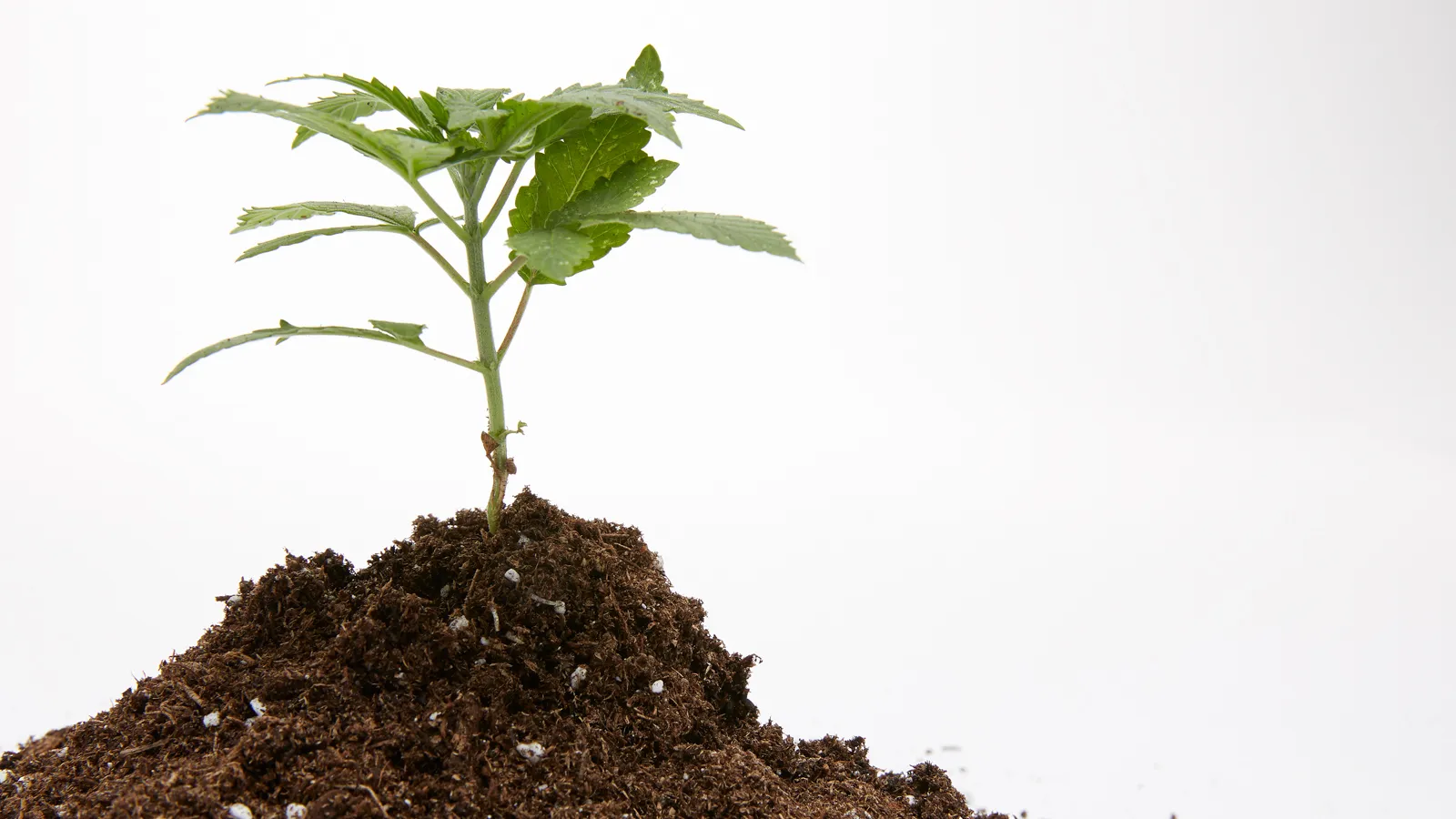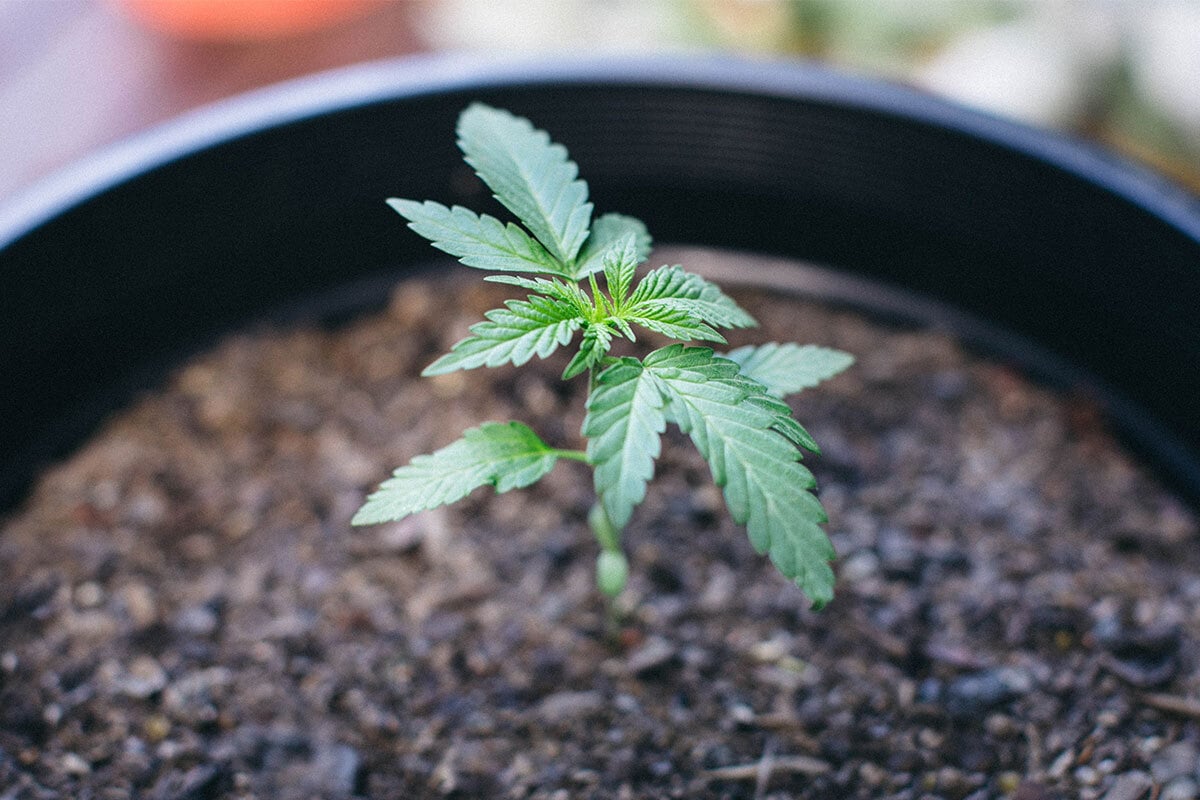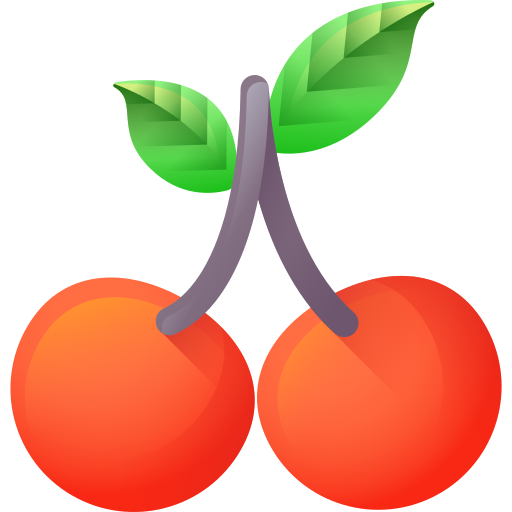The following information is provided for educational purposes only to inform licensed manufacturers operating in accordance with the laws of the Russian Federation. Check with local authorities, the Department of Agriculture, or a personal attorney about the legality of industrial hemp cultivation in your jurisdiction. So, how to grow good cannabis…

The right soil for growing marijuana
Cannabis is grown in a variety of lands, but it grows best in loose, deep, organic-rich, fertile loam soils and with a pH of 6.0 to 7.5. Marijuana does not grow well in wet conditions – they limit the development of roots and shoots, reduce the quality of the fibers and lead to uneven height of the bushes, which creates problems during collection. Clay create problems with high humidity and difficulties in their processing. Check your soil a few months before planting and apply lime and fertilizer as needed to get the best yield.
Seed preparation and sowing
Industrial varieties are sown in the spring, soil preparation depends on the specific sowing systems and the rotation scheme used, but is similar to that for spring wheat. The seeds require a firm seed bed and good soil contact in order to germinate.
The best approach is to follow plowing with secondary tillage to get a firm, weed-free seed bed. Most likely, it is possible to culture in systems without and before processing, but this approach is not well understood, although it is interesting.
Usually sown after spring wheat or barley, but before sowing corn. Autoflowers have a limited plant to harvest range of 50-80 days. The varieties needed to produce essential oil (for medical purposes) and fiber require 70-120 days from sowing to harvest.
The soil temperature for cannabis, the length of the growing season, and the risk of frost determine when to plant. Some species germinate at temperatures up to 8 degrees Celsius, but germination occurs faster and more reliably from 10 and above. Too early sowing will damage seedlings with frost. Young seedlings and mature plants will survive a light frost, but early autumn frosts will cause a drying process that stunts growth.
Industrial crops for fiber and seeds
This is important to know, since it is possible to grow a good marijuana crop only by adhering to proven technology. Industrial varieties are usually sown to a depth of 1.5 – 3 cm. When moisture is readily available, the seeds will germinate quickly, in drier conditions a depth of up to 4-5 cm is required, if deeper, this leads to a gradual deterioration in marijuana germination even with abundant moisture.
An excessively high population of stands can lead to increased competition among bushes and self-destruction at the end of the season. Fiber types compensate for lower density by increasing branching.
However, such branching, while helping to grow, somewhat reduces the quality of the fiber. Higher seeding rates, which result in almost no main stem branching, provide more uniform stem height, improving harvesting comfort. Seedlings appear three to ten days after planting and will grow best at an air temperature of 10 to 30 degrees.
Requires intensive regular watering or sprinkling with high numbers and narrow row spacing. At first, development is slow, over three to five weeks, and then there is a rapid elongation of the stem and a growth period of five to six weeks.
The growth phase ends when the short day length triggers the flowering process. Densely sown ones reach half a meter in height, while some reach only 90 cm. Many multi-purpose varieties for essential oil fall between these two marks.
Lamps for growing cannabis, what kind of light is needed
Although hemp has many practical uses, the transformation of cannabis results in a high proportion of waste. The development of processes for their processing by biomass is of great interest, and the production of activated carbon may be a suitable solution. There are several reports of its production from marijuana-based materials.
Cultivation of technical cannabis is cheaper than obtaining many crops, all that is needed for a crop is soil, daylight sunlight. There is no need for any additional equipment (before harvesting), such as daylight LED lamps for growing cannabis, irrigation installations, etc.
However, in regions with a cool climate, cultivation is practiced in greenhouses equipped with irrigation systems, heating, LED lamps for growing cannabis, which are needed to ensure growth, etc.), depending on what kind of light is needed.
Important work (it is considered one of the best) on this topic was done by Vukcevic and his colleagues. They proposed to obtain carbon from spent short hemp fibers after cultivation, and use it as an adsorbent to remove metal ions and pesticides. A substance with a large specific surface area (up to 2192 m2/g) and a microporous structure was prepared by carbonization of spent hemp fibers and KOH activation. These unconventional carbons exhibit high adsorption properties for metals such as Pb and 15 pesticides including atrazine, simazine, malathion and linuron.
Their results showed that adsorption capacities depend on the history of its preparation and processing conditions such as pyrolysis temperature and activation time. The best performance was achieved with the samples with the highest specific surface area and number of surface oxygen groups. Many other factors can also be used to influence this ability under the same cleaning conditions, such as surface chemistry (content of heteroatoms), surface charge, and pore structure.
Among all commercially available AC is the most popular agent for removing contaminants from wastewater. The global demand for air conditioner is constantly increasing due to its high performance in many purification and separation processes. The most commonly used raw material precursors are wood, coal, coconut shells and some commercial polymers.
However, the use of carbon based relatively expensive feedstocks is not justified for most pollution control applications and is not suitable for economic reasons. This has led many researchers to look for more economical carbon adsorbents from unconventional resources.

Indeed, some of them are various products of industrial enterprises (substances formed during the fermentation of lactic acid from garbage, carbon sludge), urban waste (PET bottles, used tires, lamps, newspapers) and agricultural residues. (date molasses, corn cobs). In addition, these are lignocellulosic and woody (pine, sawdust, lignin, sugarcane), and all of them represent a potentially economical alternative material for the preparation of a cleansing substance.
These wastes have little or no economic value and often present a disposal problem. Therefore, it is necessary to evaluate these low cost by-products. Thus, converting cannabis into a cleansing substance will increase its economic value, help reduce the cost of waste disposal, and most importantly, provide a potentially low-cost alternative to existing commercial products.
